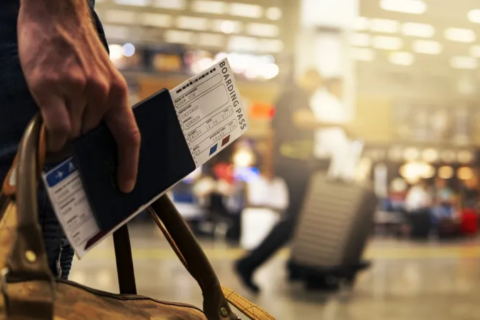
Vacation loan for 2025: advantages, risks and alternatives
What are the risks and advantages of taking out a vacation loan? (Image: disclosure/reproduction of...
December 12, 2025

What are the risks and advantages of taking out a vacation loan? (Image: disclosure/reproduction of...
December 12, 2025

How do you choose the best loan for your needs...

5 Unusual Insurance Policies You Won’t Believe Exist (Image: disclosure/reproduction...

Future Prospects for Insurance Investment Yields (Image: disclosure/reproduction of Google...